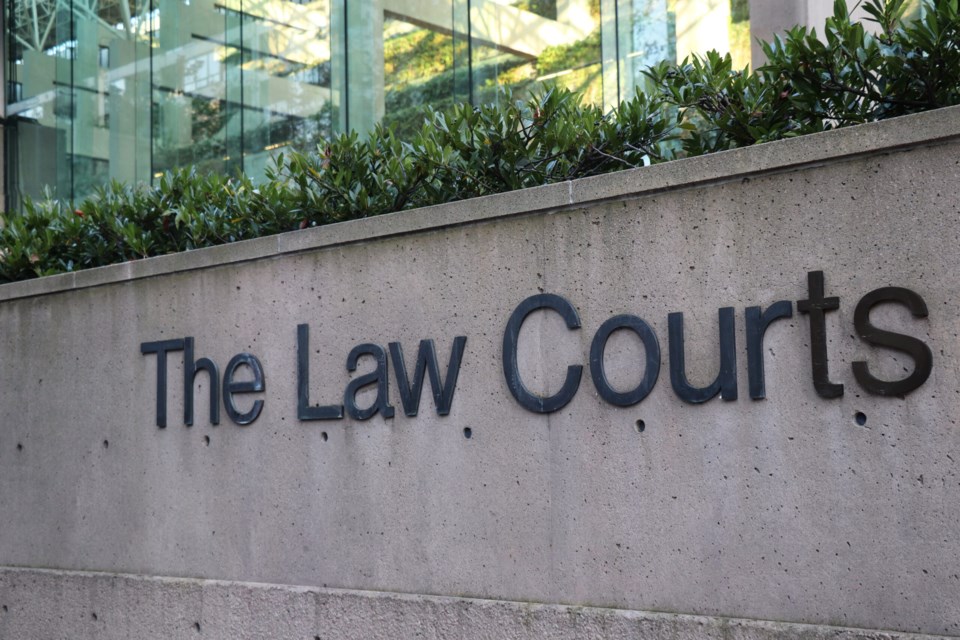Reconciliation.
It’s hard to imagine a word that has been used more to less effect in the Canadian political arena. On paper and in speeches and press releases for decades now there has hardly been a cause closer to the political heart than reconciliation with the Indigenous people of this country. On paper and in speeches and press releases, at least.
In real life, most of the progress toward so-called reconciliation has been hard-fought through years of court battles waged by First Nations, individually, as communities and collectively, costing hundreds of millions of dollars and many lifetimes.
A large number of the legal decisions that have reversed racist policies of the past and established Indigenous rights stem from British Columbia: Calder, Delgamuukw, Gladstone (Heiltsuk), Sparrow, R. v Van der Peet (Stó:lō First Nation), Tsilhqot’in Nation land title, Haida Nation v. B.C. Minister of Forests.
So it is very significant that the B.C. government says it will now prioritize negotiation over litigation when it comes to issues of Indigenous rights and title.
Attorney General David Eby has issued a set of 20 directives on civil litigation involving Indigenous Peoples to government lawyers. The point of these directives is to seek negotiated resolutions that uphold B.C.’s commitment to the UN Declaration on the Rights of Indigenous Peoples and reduce the potential for legal disputes over Indigenous rights and title.
B.C. was the first jurisdiction in Canada to implement the UN Declaration in law on November 28, 2019.
The directives preserve the right of First Nations to choose to go to the court system, he points out, but they also recognize that litigation is an “inherently adversarial process that can drive us further apart rather than advance reconciliation.”
Consider the Tsilhqot’in Nation v. British Columbia, arguably the most significant decision on Indigenous land rights in Canadian legal history.
The case began in 1983, when the province issued a timber harvesting licence that Tsilhqot’in traditional territory. The Tsilhqot’in launched a legal challenge in 1990 and a trial got underway in B.C. Supreme Court in 2002 that continued intermittently over the next five years.
The B.C. Supreme Court issued a decision in 2007 that ultimately did not confirm Aboriginal land title for procedural reasons.
That decision was appealed and in 2012 the B.C. Court of Appeal upheld the lower court decision. The Tsilhqot’in Nation appealed to the Supreme Court of Canada, which in 2014 issued a landmark decision recognizing Tsilhqot’in land title over a sweeping area of the Chilcotin region.
Thirty-one years.
Regional Chief Terry Teegee of the B.C. Assembly of First Nations said the B.C. government has fought and lost in court on many occasions. The B.C. Attorney General is doing the right thing, he said.
“It may not change the system overnight, but this is a welcome and overdue step.”
Before she was dumped from the federal cabinet, former attorney general of Canada Jody Wilson Raybould issued a similar directive. After she was deposed, the federal Crown-Indigenous Relations and Northern Affairs Canada proceeded to spend $58 million on legal services in 2020 alone, including portions of an estimated $3.2 million in court costs fighting compensation for survivors of St. Anne’s Indian Residential School and between $5 million and $9 million in costs litigating a Canadian Human Rights Tribunal case known as Jordan’s Principle, according to APTN.
In January, after 15 years of litigation, the federal government announced a $40-billion agreement in principle to provide compensation to First Nations children and families harmed by underfunding of child welfare on reserves, including those affected by Jordan’s Principle.
Jordan’s Principle is named for Jordan River Anderson, a boy from Norway House Cree Nation in Manitoba. Jordan was born in 1999 with multiple disabilities. Although doctors said when Jordan was two that he could go home and receive home-based care, a dispute between the federal and provincial governments on which was financially responsible for his care meant Jordan remained in hospital until he died in 2005.
Dene Moore is an award-winning journalist and writer. A news editor and reporter for The Canadian Press news agency for 16 years, Moore is now a freelance journalist living in the South Cariboo.



